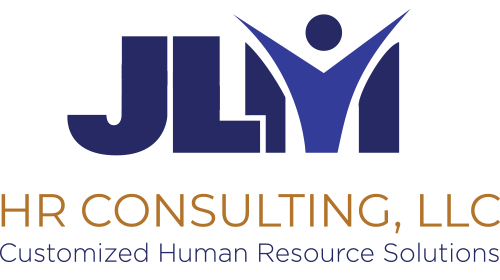How to Start Having a Conversation to Eliminate Racism in the Workplace
By Gwendolyn C. Dorsey, Ed.D.
For the 12th day, protesters continue demonstrating in support of the Black Lives Matter Movement. People all over the world have seen the disturbing video of George Floyd. This video has opened many eyes and may finally be the catalyst for real change in the United States and the world. As employers prepare businesses to open, how will they begin to start the conversation about eliminating racism in the workplace.
The history of Blacks being treated poorly and considered unworthy has been thoroughly documented. Even though it is now 2020, there are still institutions and workplaces who continue to maintain a system and attitude that is negative towards Black Americans and others while also advocating for diverse employees. According to an article by Arlene Hirsch (2018) in SHRM, “racism most often manifests itself through microaggressions, which are defined as indirect, subtle or even unintentional acts of discrimination against members of a marginalized group.” These subtle but harmful comments are typically internalized by the person who hears them because the person does not want to be fired or considered a complainer or not a team player.
There are several ways for employers and companies to begin the discussion before a major negative event occurs in their workplaces. However, certain parameters or ground rules need to be put into place in order for all parties involved to feel comfortable sharing concerns. In addition, a diversity/equity and inclusion professional could facilitate the discussions. The University of Iowa shares recommended ground rules to be used in order to have a productive discussion about uncomfortable topics. These rules are: 1) recognize, 2) acknowledge, 3) no blame, 4) respect, 5) individual experience, 6) trust, 7) share the air, 8) not experts and 9) ask for help. These ground rules provide a positive way to encourage but not force participants to speak or share a concern. Hirsch (2018) shares that employers need to create safe spaces, level the playing field and know the law. In addition, she also shares racial bias training must be provided and emphasizes it is not a one-time training session.
Another way to look at how employers can start the conversation is by viewing Baratunde Thurston’s TED talk (2019). Thurston emphasizes how one can deconstruct racism one headline at a time by “leveling up” and he visually and verbally provides examples. Cameron Barnett from TribLive (2019), believes we need white allies who “support [B]lack people to engage fellow white people in actively opposing racism,” and he provides several tips that can be utilized.
A devastating travesty has spurred a huge movement in encouraging all of us to work toward equity and the belief that every human being deserves respect, rights and protection. For more information about starting a conversation about racism, please see the resources below.
Additional Resources:
https://instr.iastate.libguides.com/c.php?g=869437&p=6240385
https://www.ted.com/talks/baratunde_thurston_how_to_deconstruct_racism_one_headline_at_a_time?language=en
https://triblive.com/opinion/cameron-barnett-seven-tips-for-white-allies-from-a-black-pittsburgher/
Dr. Gwendolyn C. Dorsey, Ed.D is a Certified Mindfulness Facilitator


